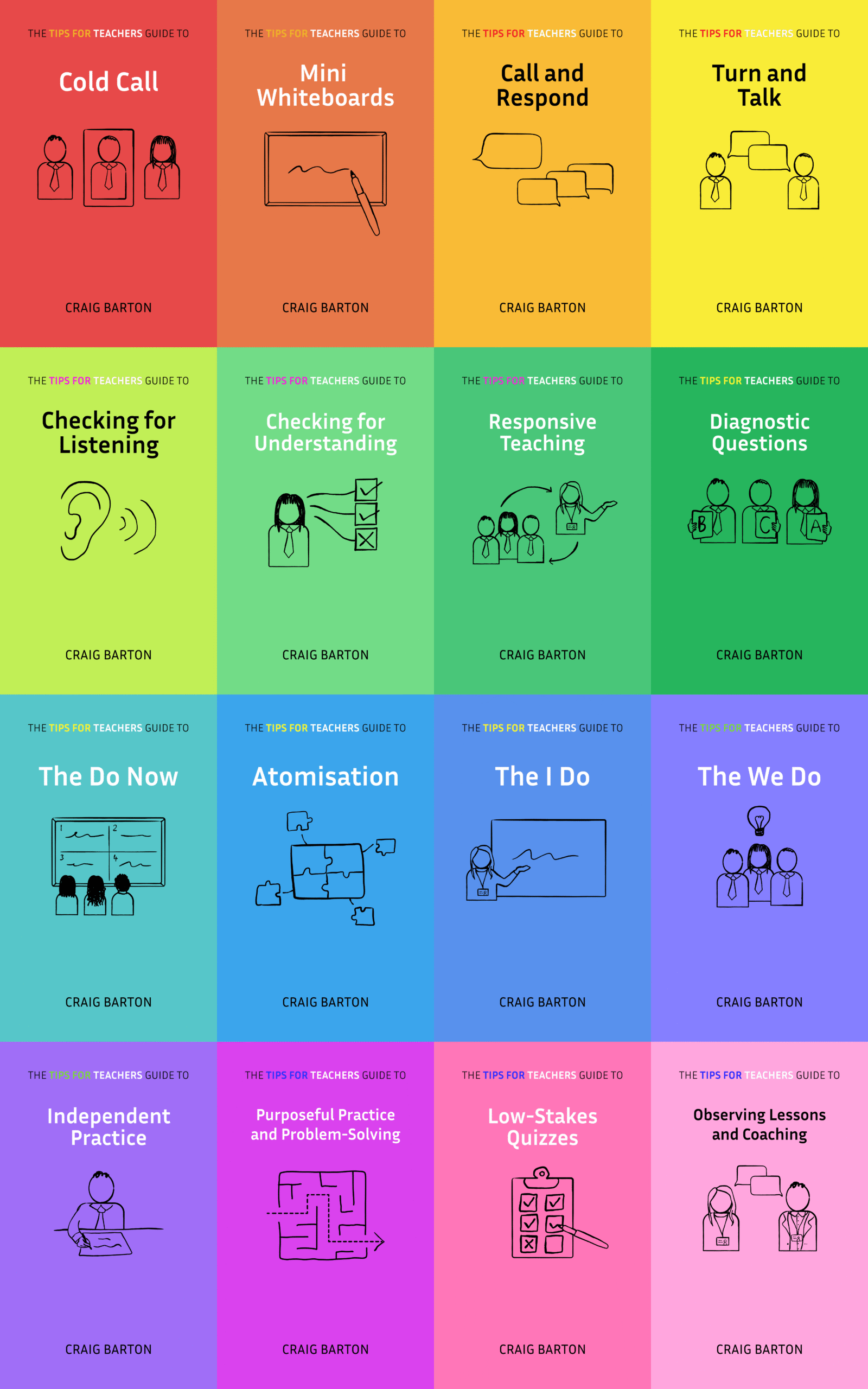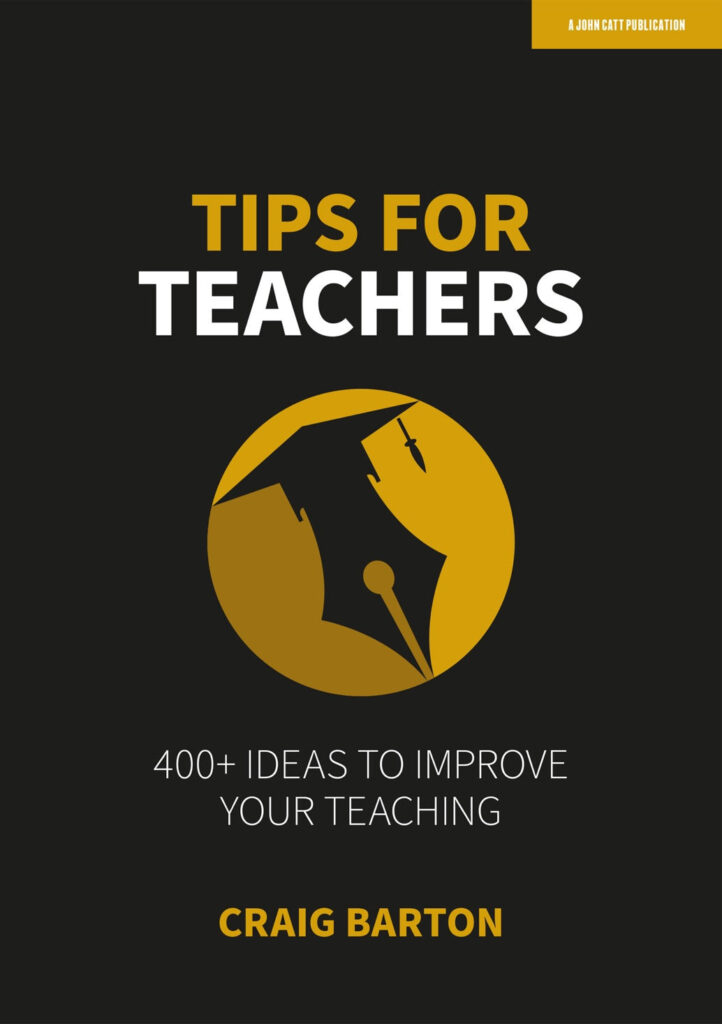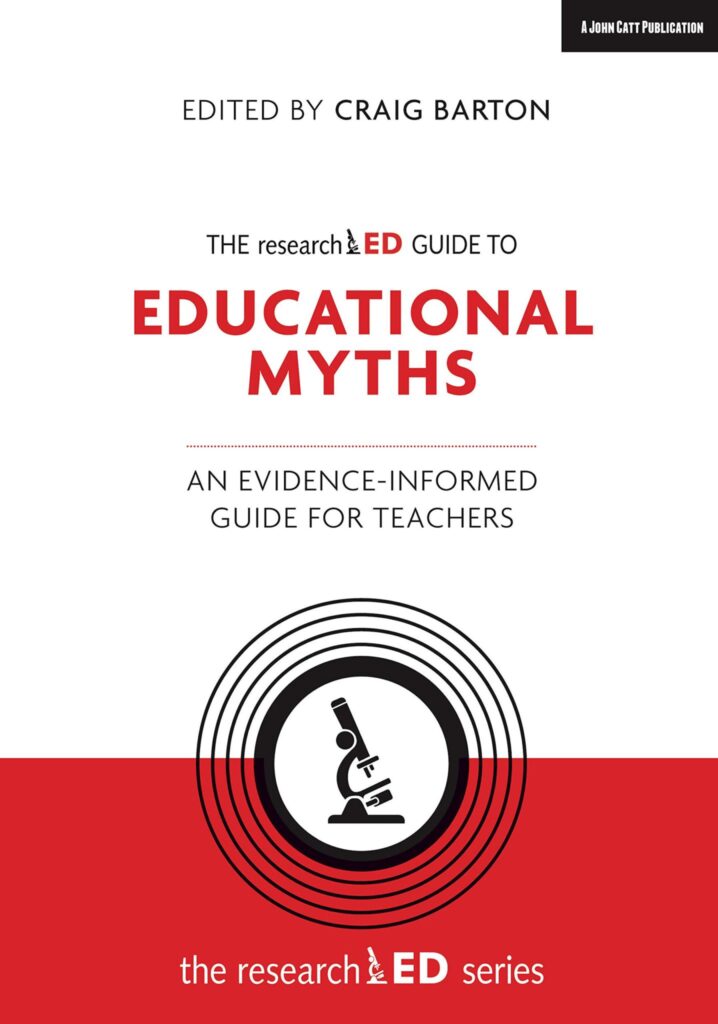Summary
This YouTube transcript discusses strategies for encouraging quieter students to participate in class. The teacher advocates for using partner work as a way to elicit responses from these students in a low-pressure setting, then strategically calling on them to share their insights with the whole class. The approach emphasizes building confidence and a sense of belonging. The teacher also describes how to subtly observe partner discussions without interrupting the students’ natural flow of conversation, carefully choosing when to intervene. Ultimately, the goal is to foster student independence and participation in class discussions.
What are the implications for teachers?
Based on the provided source, here are some implications for teachers when using partner work to encourage quieter students to share their thinking:
- Creating a Safe Space for Sharing: Teachers should aim to create a classroom environment where all students feel comfortable sharing their thoughts, even if they are hesitant. Some students may be reluctant to share their ideas due to a lack of confidence or feeling like they don’t belong. Partner work can be a useful strategy to bridge this gap by providing a less intimidating setting for quieter students to engage in discussions.
- Strategic Question Design: Teachers should use discussion-based questions that encourage partner work. These types of questions are more effective than questions with simple right or wrong answers and can foster deeper engagement and critical thinking. Examples could include asking students to discuss steps in a problem-solving process or to analyze an example on the board, encouraging them to explain each step to their partners.
- Recruiting Quieter Students: After partners discuss a question or problem, teachers can “recruit” quieter students to share their ideas with the whole class. By observing the partner work, teachers can identify students who had insightful contributions and invite them to share, which can help build their confidence and encourage them to take intellectual risks. It is important to make the invitation and not a demand, allowing the student the option to decline to share.
- The Importance of Belonging: Teachers should recognize that feeling a sense of belonging is crucial for some students’ willingness to participate in class discussions. When students feel like they belong, they are more likely to take intellectual risks and engage with the material. This can also make it easier for teachers to address mistakes and support student learning.
- Facilitating, Not Interfering: When observing partner work, teachers should be careful not to interfere with the students’ natural rhythm of conversation. They should avoid hovering or making excessive eye contact, as this can make students feel like they are performing and shut down. Instead, they should try to observe casually and only interrupt if necessary. Teachers should differentiate between times when they are seeking questions to answer from times when they are trying to allow students to be more independent.
- Body language is an important tool for the teacher.
- Proximity questions: Teachers should be aware of the concept of “proximity questions,” where students only ask questions because the teacher is nearby. Teachers need to make a distinction between question-seeking mode and facilitating a discussion to encourage more student independence.









